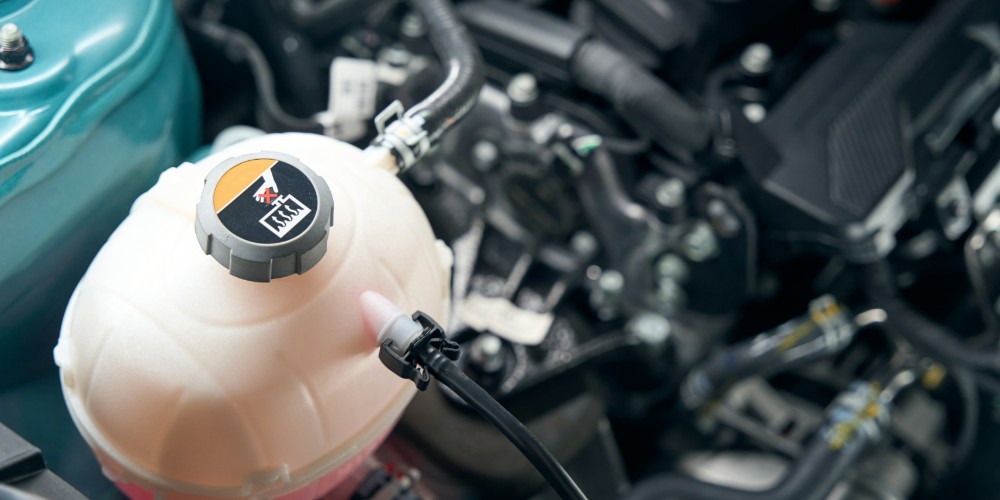The prospect of acquiring a new vehicle when you’re already financing one might seem daunting or even implausible to some. Yet, it’s not only possible but could also be a practical decision under the right circumstances.
This article explores the nuances of obtaining a new car while financing another, covering the feasibility, the steps involved, the potential pitfalls, and the strategies to manage such a financial endeavour responsibly in the UK context.
Understanding your current financial position
Before venturing into the pursuit of a new car, it’s imperative to have a clear understanding of your current financial situation. This involves assessing your existing car finance agreement, which could be a Personal Contract Purchase (PCP), Hire Purchase (HP), or a car loan. Each of these financing options comes with its own set of terms and conditions that you’ll need to review.
- Evaluating your equity: Determine whether you have positive or negative equity in your current vehicle. Positive equity means your car is worth more than the remaining balance of your loan, while negative equity indicates the opposite. This is crucial as it affects your ability to finance a new car and the best approach to take.
- Assessing your financial capacity: Take a comprehensive look at your monthly income, expenses, and the amount of debt you can safely manage. This step is critical to avoid overextending yourself financially.

The logistics of trading in a financed car
Trading in a financed car involves a series of steps that require careful consideration to ensure the transition to your new vehicle is as smooth and financially sensible as possible. Understanding the intricacies of this process is crucial for anyone looking to upgrade their car under existing finance agreements.
1. Determine your car’s trade-in value: The first step is to find out how much your car is worth as a trade-in. Various online tools and websites can give you an estimate, but getting quotes from multiple dealerships will provide a more accurate figure. This value will be instrumental in negotiating your trade-in and understanding your position in terms of equity.
2. Know your payoff amount: Contact your finance company to obtain the exact payoff amount of your current loan. This figure may differ from the balance shown on your last statement due to interest accrual. Comparing the payoff amount to your car’s trade-in value will help you determine if you have positive or negative equity.
3. Negotiating the trade-in: Armed with the knowledge of your car’s value and payoff amount, you can negotiate the terms of your trade-in with the dealership. If you have positive equity, you can use it as leverage in your negotiation. For those with negative equity, the focus should shift to minimising the impact of this on your new finance agreement.
4. Handling negative equity: If you’re in a negative equity situation, the dealer might offer to roll over the remaining balance into your new car loan. While this can make the trade-in process smoother, it increases the loan amount and, potentially, the interest rate on your new vehicle. It’s essential to carefully consider the long-term implications of adding negative equity to a new loan.
5. Finalising the trade-in: Once you’ve agreed on a trade-in value and how to handle any equity differences, the dealership will work with your finance company to pay off your old loan. The equity situation will then be adjusted into your new vehicle’s financing arrangement, completing the trade-in process.

Financing options for your new car
When financing a new car, understanding the different options available can help you choose the best one for your financial situation. Each option has its advantages and potential drawbacks, so it’s worth considering them carefully.
Personal Contract Purchase (PCP)
A PCP plan is a popular option for those looking for lower monthly payments and flexibility at the end of the finance term. You’ll pay a deposit, followed by lower monthly payments, with a balloon payment at the end if you decide to keep the car. This option allows you to return the car at the end of the agreement, trade it in for a new model, or pay the final balloon payment to own it outright. The key advantage of PCP is its flexibility, but it’s important to be mindful of mileage limits and condition requirements to avoid additional charges.
Hire Purchase (HP)
HP agreements are straightforward: you pay a deposit, then clear the remaining value of the car in monthly instalments, with the car becoming yours at the end of the term without a balloon payment. This option suits those who want to own their car at the end of the agreement without paying a large sum at once. However, monthly payments can be higher than PCP for the same car because you’re paying off the full value of the vehicle.
🚗 Read more about HP vs PCP car finance here.
Car loan
Taking out a car loan from a bank or other financial institution can offer more competitive interest rates than dealership financing. With a car loan, you borrow a fixed amount to purchase your car and pay it back with interest over an agreed period. This option can be attractive if you have a good credit score and seek ownership of the vehicle without dealership constraints. However, it requires shopping around for the best rates and terms.
Leasing
Another option to consider is leasing, where you rent the car for a fixed period. This typically involves lower monthly payments than financing a purchase and the opportunity to upgrade to a new model every few years. However, you won’t own the car at the end of the lease term, which might not suit everyone’s long-term needs.

Potential pitfalls and how to avoid them
While the prospect of getting a new car while financing another can be tempting, there are several potential pitfalls to be aware of:
- Increased debt: Rolling over negative equity or opting for longer loan terms can significantly increase your overall debt.
- Higher interest rates: Financing a new car with negative equity often results in higher interest rates, as lenders view this as a riskier proposition.
- Financial strain: Taking on additional debt can strain your finances, especially if your circumstances change.
To mitigate these risks, consider these strategies:
- Improve your credit score before applying for a new loan to secure better interest rates.
- Shop around for the best finance deals and don’t rush into a decision.
- Consider selling your current car privately if it’s in positive equity, as this might offer a better return than a trade-in.
A journey to new horizons
Embarking on the journey of acquiring a new car while still financing another is not without its challenges. However, with careful planning, a clear understanding of your financial situation, and a cautious approach to managing debt, it can be a viable path to upgrading your vehicle. Whether through trading in your current car or exploring alternative financing options, the key is to make informed decisions that align with your financial health and long-term objectives.





